Astronomy & Astrophysics Today: Must-Know Updates
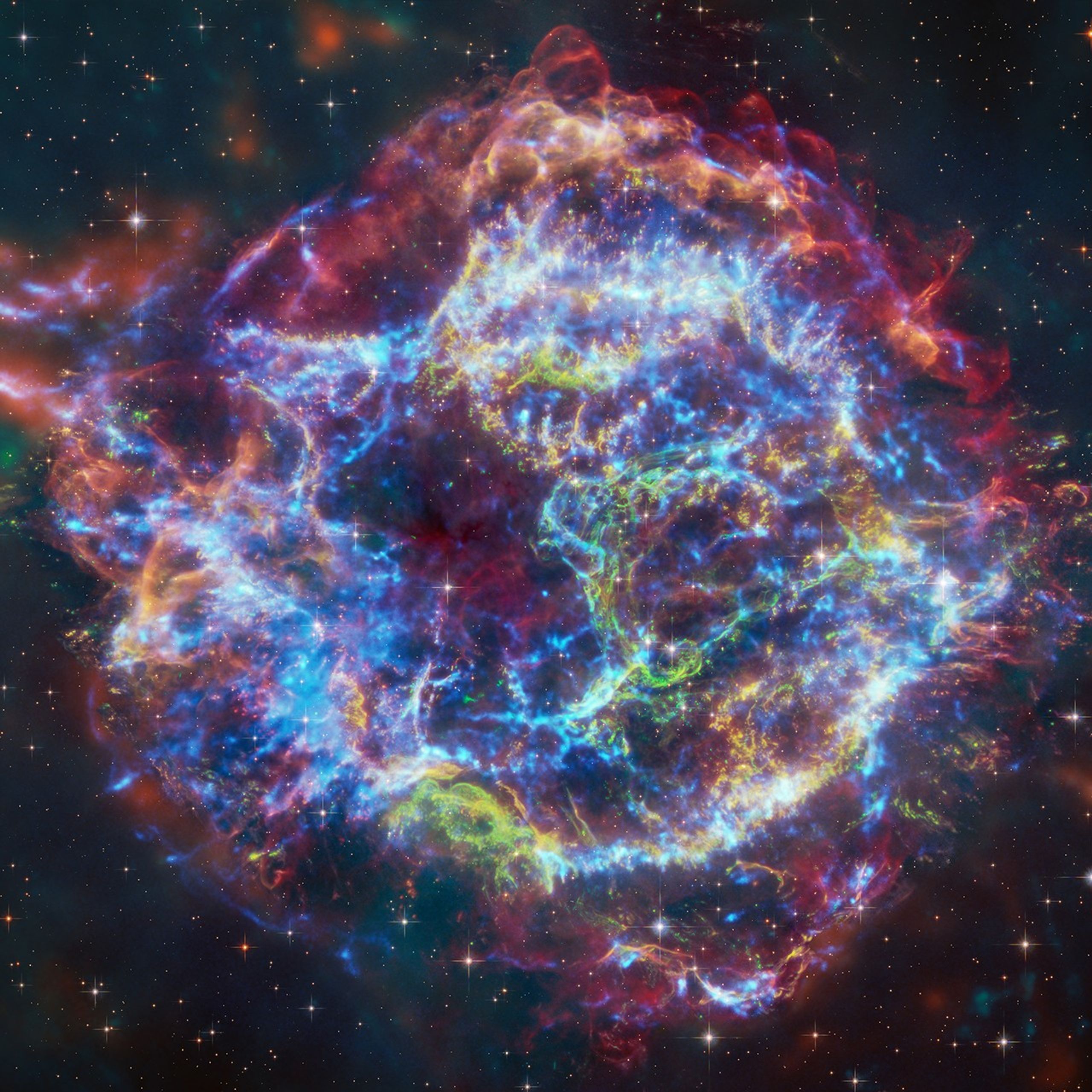
1. A Tiny New Moon Discovered Orbiting Uranus
NASA’s James Webb Space Telescope (JWST) has identified a previously unknown moon—now the 29th orbiting Uranus—briefly glimpsed near its bright ring system during observations in February 2025. This discovery offers new insight into the formation and evolution of Uranus’s rings.NASA ScienceAstronomy Magazine
2. First-of-Its-Kind Supernova Reveals Stellar Layers
Astrophysicists have observed a supernova surrounded by a silicon- and sulfur-rich wind, confirming long-rumored internal layers in massive stars. This helps refine how we understand stars losing outer layers before exploding.news.northwestern.edu
3. Simulations Shed Light on Star and Galaxy Formation
Researchers at the University of Zurich are using advanced cosmic simulations to visualize how stars, planets, and galaxies emerge from primordial dust and gas—offering a clearer picture of our cosmic origins.Phys.org
4. New Type of Starburst Explosion Illuminates the Universe
A new class of exploding stars—called Fast X-ray Transients (FXTs)—has been identified, which could help astronomers explore far-off regions of the universe where such brief, intense bursts occur.AZoQuantum
5. Comet “Devil Comet” Strengthens Theory That Comets Brought Earth’s Water
Study of comet 12P/Pons-Brooks reveals a water composition almost identical to Earth’s oceans, offering compelling evidence that comets may have delivered significant water to our planet in its early history.New York Post
6. Indian Observatory Detects Unprecedented Black Hole Flicker
Teams from IIT Guwahati, ISRO, and Israel’s Haifa University identified a 70 Hz X-ray flicker in black hole GRS 1915+105, shedding light on the changing structure of its corona—vital for understanding galactic evolution.The Times of India
What’s Shaping the Universe in Pictures
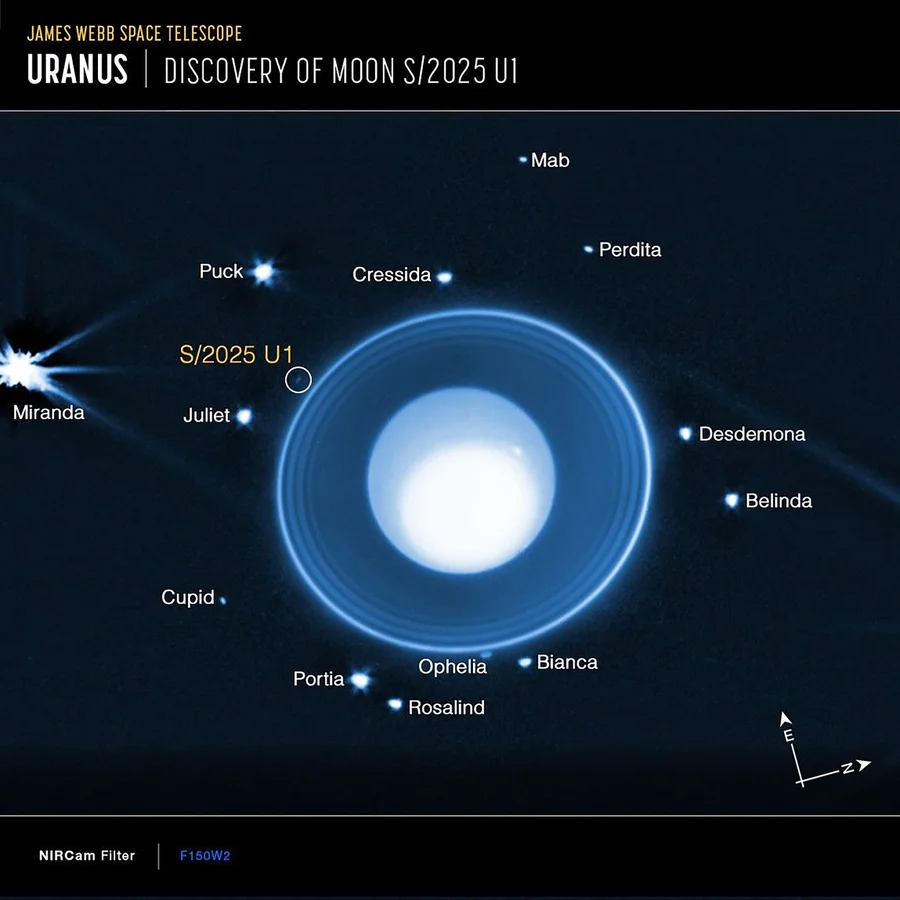
Composite imagery of Uranus’s newly discovered moon among its ring system, highlighting how JWST detects faint celestial bodies.
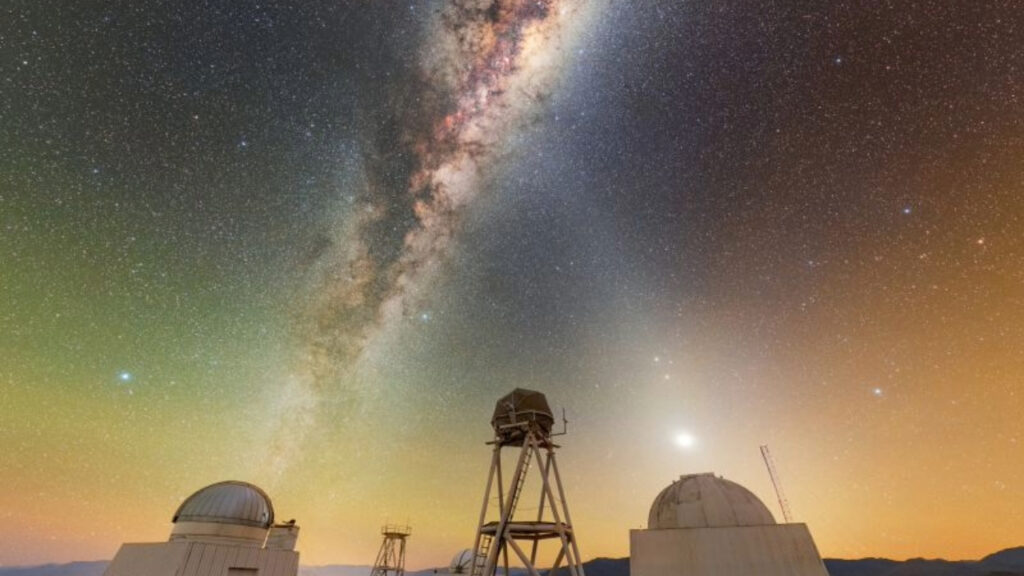
The mirrored glow of the Milky Way and zodiacal light over Chile’s CTIO observatory—illustrating the dust-filled beauty of our solar system.
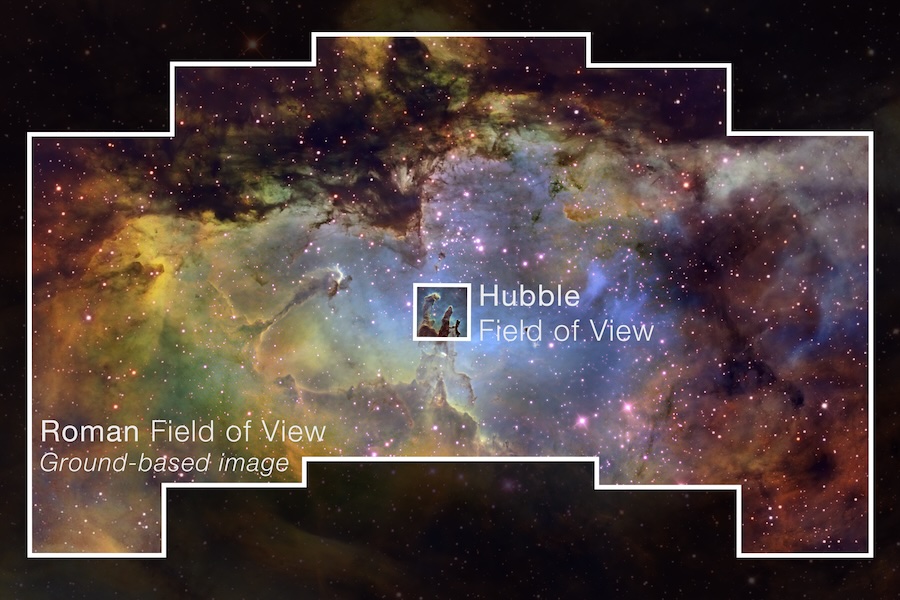
Simulation previews from NASA’s upcoming Roman Space Telescope, showcasing its vast survey capabilities with Hubble-level detail.
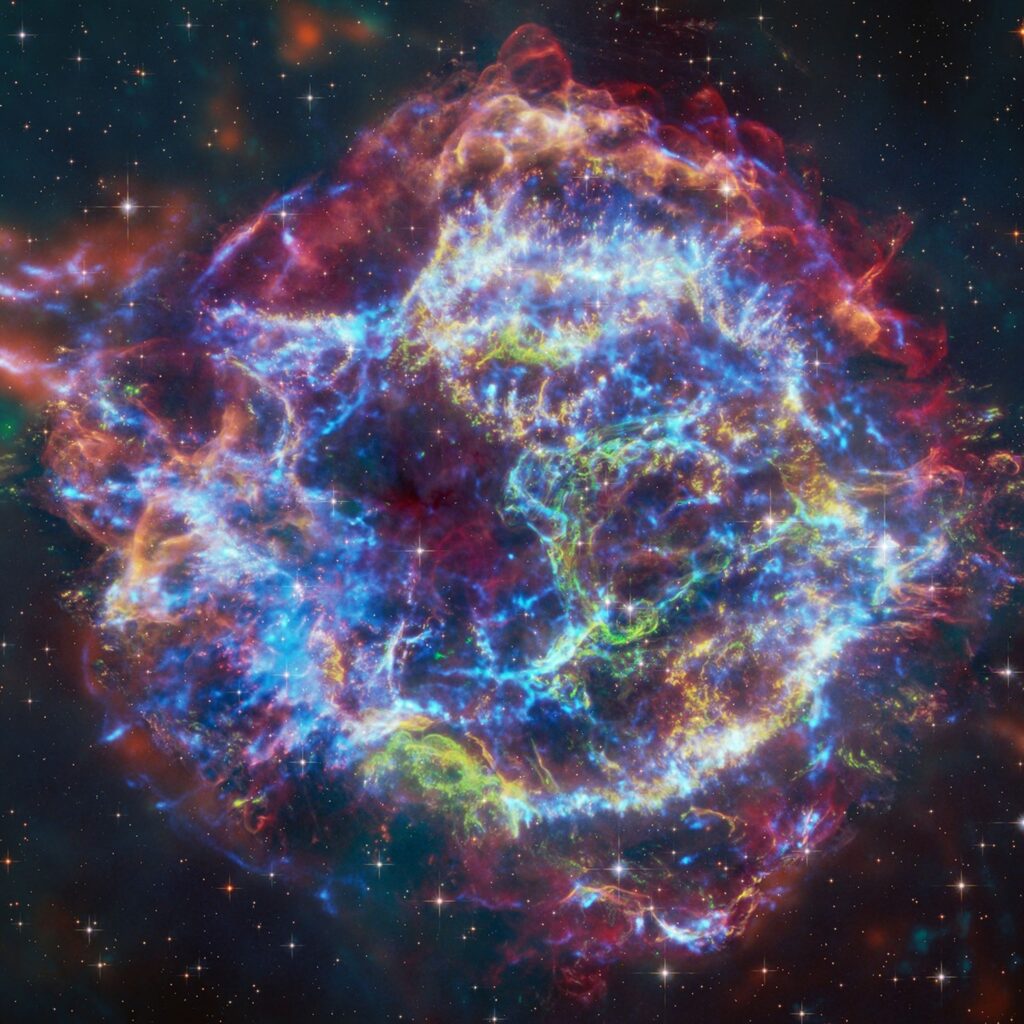
A colorful, composite image of the supernova remnant Cassiopeia A—captured by Webb and Chandra, revealing complex shockwave structure.
Why This Matters
- Solar System Discoveries: The new Uranian moon shows we’re still uncovering hidden worlds close to home.
- Stellar Evolution: Insights from unusual supernovae offer a deeper understanding of how stars live and die.
- Cosmic Origins & Explosions: Simulations and new phenomena like FXTs expand our knowledge of the universe’s most energetic events.
- Origins of Water: Studies of comet composition provide clues to how Earth became habitable.
- Black Hole Physics: Observations of corona flickers around black holes deepen our understanding of these gravitational giants.


Supernova part was ✨
LOVED ITTT
Alright, 33wim, let’s see what you’ve got! Hope the experience is smooth and the wins are plentiful. Wish me luck! Check them out here 33wim.
Had no issues logging into 222winlogin.info. The whole registration and login process was surprisingly easy. That’s always a good start, right? Makes things less of a hassle. Try logging in yourself: 222winlogin
Curious about c54111… What’s the deal? Going to give it a whirl. Anything interesting happen for you there? Check it out for yourself: c54111
Gave 658bet2 a shot and gotta say, I was pleasantly surprised. Solid site, decent variety of games. Might become my new go-to! Check it out at: 658bet2
Anyone been hitting it big on sa88bet? I’m looking for a platform with good live dealer games. Let me know if they deliver!